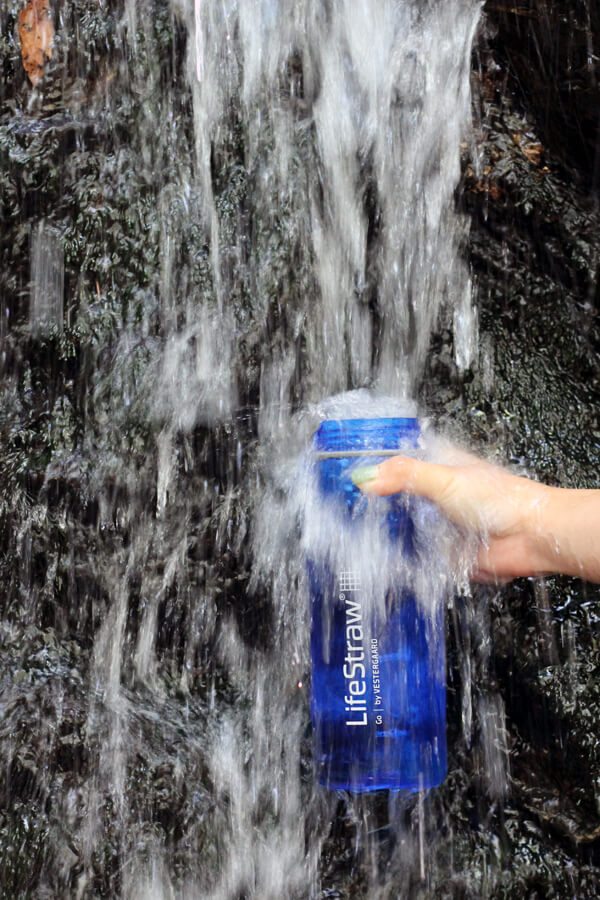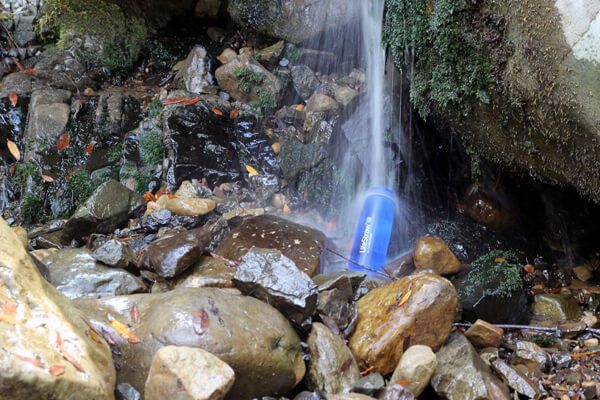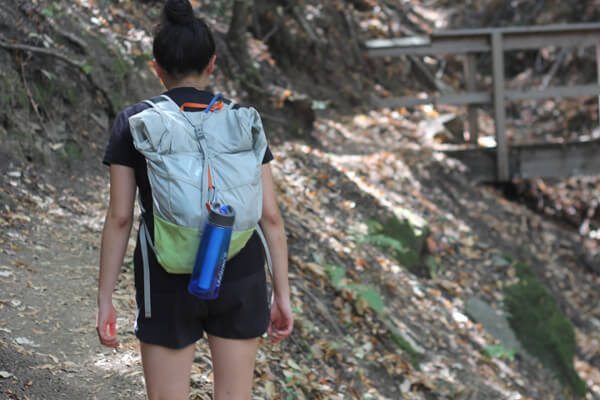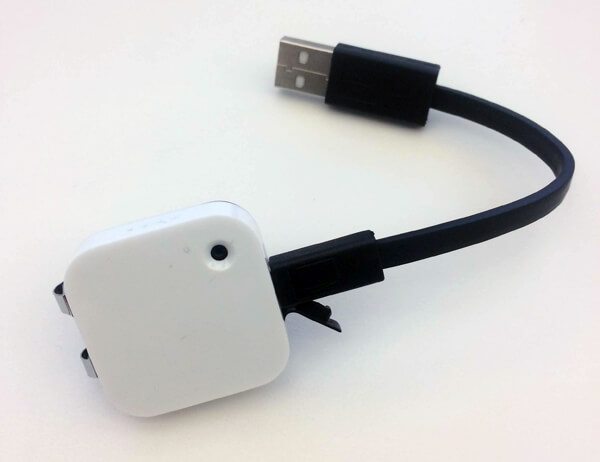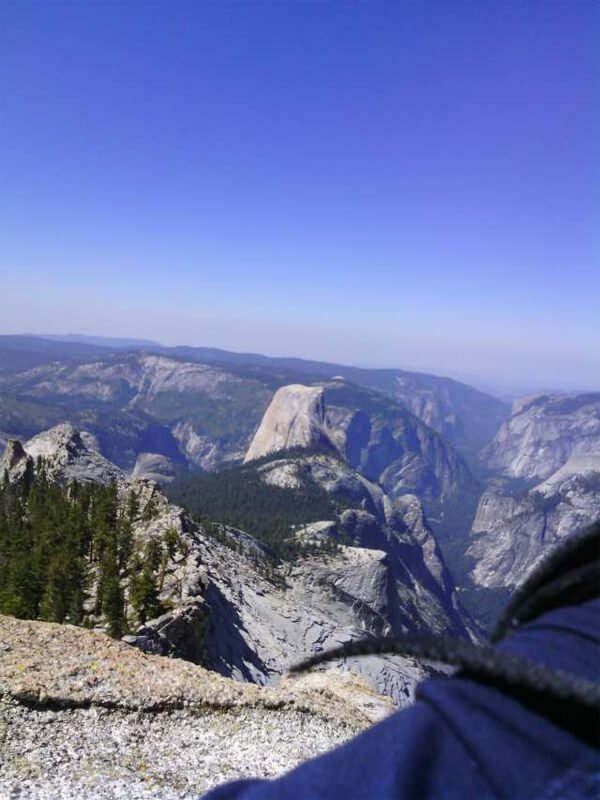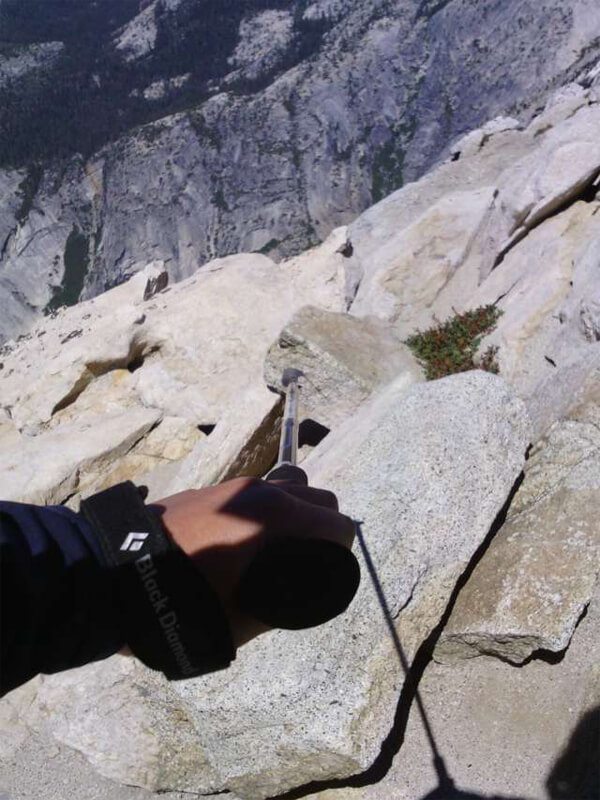Boreas Gear, sister company of Alite Designs, is a San Francisco-based company specializing in ultra-cool packs and tents. I got the chance to test out their lightweight & minimalistic commuter bag, the Topaz 25, over the past few months.
Gear
When the Outdoor Research Echo Ubertube showed up in my #ORInsightLab package, I was skeptical. What the heck was this long, stretchy tube going to do for me? It took some time and consulting with fellow #ORInsightLab-er, Landon Faulkner, but the Echo Ubertube proved me wrong.
At 0.7 oz and highly compressible, this takes no space in your pack and adds no weight. It’s good to have it ’til you need it. Its possibilities are endless!
[sn] super.natural is an emerging player in the natural fibers garment game in the United States.
I got my hands on the [sn] super.natural W Base Tee 140 to test over the last month. This shirt has seen my office, airplanes, rafting in Idaho, the Eastern Sierra, and more. Launched in 2012, this brand is a fairly new player in the outdoor garment game, but the quality is fantastic.
The 140 weight base tee is super lightweight! It wicks away moisture and sweat to keep you cool, and dries extremely quickly. The merino wool gives this anti-microbial and anti-odor properties, making it okay to wear consecutive days on the trails or to the office without smelling absolutely horrible.
Despite the lighter weight, the merino wool-synthetic blend stands up to wear-and-tear of constant use. No holes from buttons on jeans, rock abrasions, backpacks, weekly washings, or kitten claws, yet!
My only complaint about this shirt? The tag and logo decals are like those DIY iron on t-shirt ones that you made shirts with in high school. They all started to peel off after the first wash. The decals leave behind an imprint of what used to be there.
I’m such a sucker for merino wool performance shirts, so I’ll definitely be stocking up on this brand. If you’re a fan of the Icebreaker Tech T Lite, this is comparable, and slightly more affordable.
The German brand launches in North America this fall. [sn] super.natural will available at Nordstrom and on Amazon. The W Base Tee 140 retails for $50.
This was sent to me for review.
I first got wind of LifeStraw when bloggers were reviewing them left and right and sharing all over social media. I didn’t really get it. As hikers, backpackers, adventurers, we’re used to carting water all across the wilderness. But what if we didn’t have guaranteed reliable water sources to slurp from? The straw is useless.
I was so excited to see that LifeStraw sent some of their LifeStraw Go bottles to Idaho for #HellHikeAndRaft. Thanks to Tara’s lightning quick snatching skills, I was able to get my hands on one of these babies. I can easily say that this is my most favorite piece of gear from the trip. It’s so easy to scoop water and not have to worry about filtering it! I’m a wake-up-in-the-middle-of-the-night-because-I’m-thirsty-and-or-hot type of person, so this was great to have for ultimate laziness.
The bottle holds 650 mL (22 fluid oz) of water for on the go use. The plastic is BPA-free, with a soft, rubbery, flip top bite valve for comfortable drinking. The filter has a lifespan of about 1000 liters of water, and filters down to about .2 microns. It will remove 99.9999% of waterborne bacteria and 99.9% of waterborne protozoan parasites. If you’re an average adventurer in the North American backcountry, this should be perfect for you. But elsewhere? You’ll need to be wary of viruses in your water.
I found that the straw had a tendency to leak if placed upside down or on its side. This wasn’t isolated to my own bottle, which is quite a bummer. The carabiner is a little flimsy, and the gate tends to pop out past the nose. Not really a deal breaker, just annoying. There’s no lid or cover for the mouth piece. If you’re traveling through a dusty area, or if you’re prone to rolling around in dirt like me, your mouthpiece is going to get dirty.
Lastly, the biggest downside, once you’re at that 1000 liter mark, there’s no way to replace your filter! Granted, the average weekend warrior will go through 1000 liters of filtered water pretty slowly, but once you’re there, you need to buy a new bottle. It’s not cost or waste efficient. But maybe by a thousand liters, they’ll have replacement ones.
Update: The folks over at Eartheasy have let me know that replacement filters are now available for $18.95! Wahoo!
All in all, I think it’s a pretty nifty product. I don’t quite have anything like it, and never thought of picking up anything like it. Now that I have it, I’m super excited about it. And as an additional bonus, for every LifeStraw product you purchase, you help deliver clean, drinkable water to kids in Africa. A product that is good and does good gets a million points in my book.
Have you ever wanted to be able to passively capture all the memories in your life without the bulk and distraction of a camera?
The Narrative Clip is a tiny, 5 megapixel camera you clip to somewhere on your body. It captures a photo every 30 seconds, or when you double tap the clip. It goes to sleep face down on a table or in a dark pocket and wakes up when you shake it or expose it to light.
You upload photos by plugging it into your computer via USB and can save it to the cloud and/or desktop. By downloading the app on your phone, you can also have access to your photos in the cloud on the go, and you can share via Facebook, Twitter, Instagram or email.
Though the idea is super neat, the Narrative Clip, app and software definitely have room for improvement.
I discovered that the Clip requires some forceful tapping to take the photo. Tapping as if you were on your smartphone will not register, leading me to think that the camera was defective for a good few hours. I think that an on/off button would be pretty useful since I couldn’t actually tell when the Clip was off. I had some photos of my pack pockets when I checked. I found that the battery lights on the side of the camera weren’t indicative of actual battery life. At the end of my trip, I had one light blinking at me, but plugging the Clip into my computer said I was still at 67%. Using the Clip also requires a test run before you actually begin capturing. I thought the spot that I had clipped the camera to would suffice, but I captured a lot of footage of my hand and trekking pole.
The Narrative app is not very user friendly. With any camera constantly taking photos, you will have more garbage shots than non-garbage photos. There’s currently not a way to batch select photos you’d like to delete; instead, you have to sift through each one by one. The app itself is pretty buggy. Photos aren’t actually deleted; it crashes while deleting photos; stock, placeholder photos are displayed; “moments” appear to be duplicated. Sharing to Instagram doesn’t allow you to position the photo. I’m annoyed that there isn’t a way to share images via text message, as that’s the most common way to share individual photos privately. It all makes for a very frustrating user experience.
In short, the idea of the Narrative Clip is pretty cool, but delivery fell a little short. I may consider purchasing future iterations once features are more robust, but right now, I’d say it’s a pass.
Buy the Narrative Clip with a 3 month subscription ($229) or 12 month subscription ($279) to the Narrative cloud.
The Narrative Clip was sent to me for three days as a part of the #outdoorsio experience challenge. From here, it is heading off to The Weekend Warrior who I challenge to reach a climbing/hiking high point. Sign up to be a part of the adventure here.

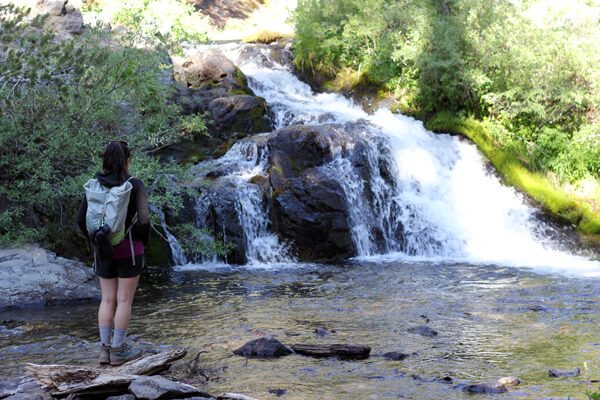
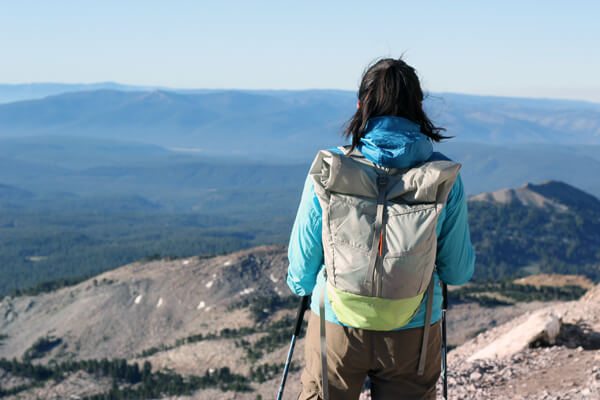
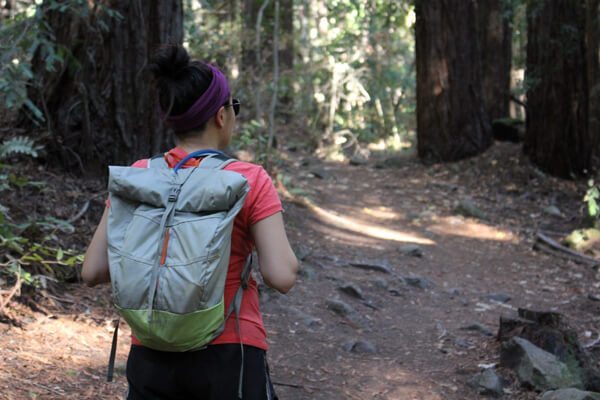
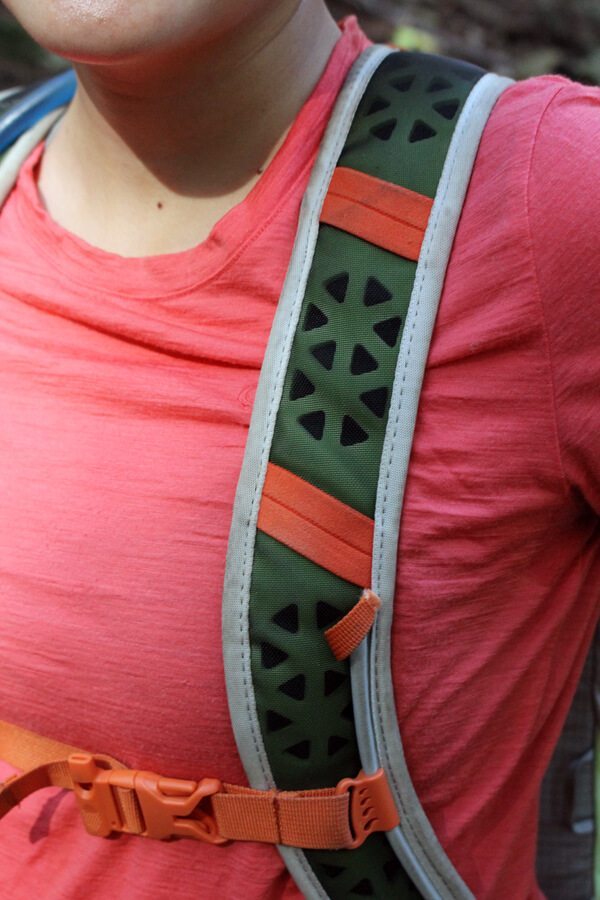
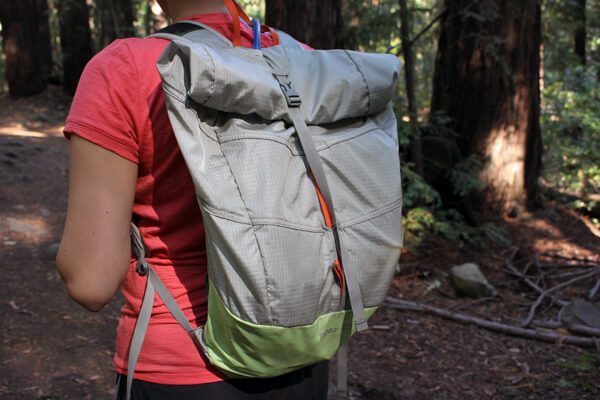
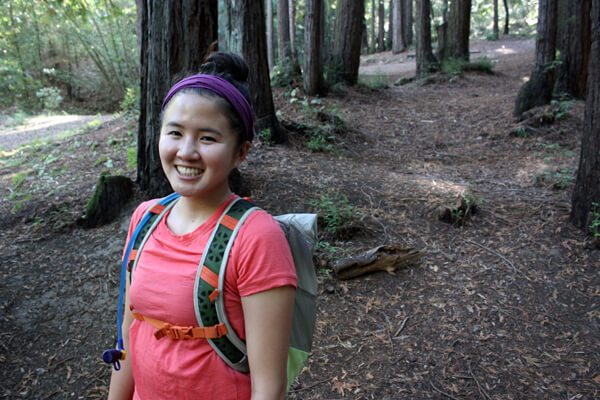
![[sn] super.natural W Base Tee 140](http://www.littlegrunts.com/blog/wp-content/uploads/2014/09/SuperNaturalBaseTee01.jpg)
![[sn] super.natural W Base Tee 140](http://www.littlegrunts.com/blog/wp-content/uploads/2014/09/SuperNaturalBaseTee02.jpg)
![[sn] super.natural W Base Tee 140](http://www.littlegrunts.com/blog/wp-content/uploads/2014/09/SuperNaturalBaseTee03.jpg)
![[sn] super.natural W Base Tee 140](http://www.littlegrunts.com/blog/wp-content/uploads/2014/09/SuperNaturalBaseTee04.jpg)
![[sn] super.natural W Base Tee 140](http://www.littlegrunts.com/blog/wp-content/uploads/2014/09/SuperNaturalBaseTee05.jpg)
